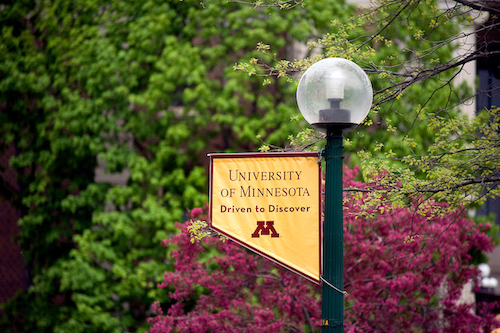
StudyFinder
Measurement of Upper Aerodigestive Tract Pressures During Phonation

Status: Recruiting
The purpose of this pilot research study is to test whether a tool called “High-Resolution Manometry” can diagnose laryngeal dystonia (also known as spasmodic dysphonia) and measure how well treatment works. High-Resolution Manometry measures pressures from a small catheter that is passed from your nose into your throat. We believe that pressures in the throat might be different for people with laryngeal dystonia than for people without laryngeal dystonia, or with other types of voice disorders. If we can diagnose laryngeal dystonia shortly after symptoms start, we can get patients the treatment they need sooner.
Age: 18 years and over
Healthy Volunteers:
Inclusion Criteria:
Patients with adductor laryngeal dystonia and:
• experienced improvement in voice quality following injection of botulinum toxin into the thyroarytenoid complex
• received their most-recent injection within 6 months
• age 18-80 years old
• able to read and write in English
• For Healthy Controls:
• age 18-80
• have no known voice problem
• able to read and write in English Patients with Muscle Tension Dysphonia:
• Age 18-80 (age-and sex matched to adductor laryngeal dystonia)
• Diagnosis of primary muscle tension dysphonia by a laryngologist and speech pathologist in the “...absence of current organic vocal fold pathology, [and] without obvious…neurologic etiology.”18
• Able to read and write in English
• Muscle tension dysphonia patients who either haven’t started voice therapy, or for whom symptoms persisted despite voice therapy
Exclusion Criteria:
For people with adductor laryngeal dystonia, Muscle Tension Dysphonia and healthy controls:
• diagnosis of vocal tremor, abductor laryngeal dystonia, any type of vocal fold lesion, or vocal fold paralysis
• known swallowing disorder (oropharyngeal or esophageal), with the exception of transient post-botulinum toxin injection-induced dysphagia
• pregnant
• prisoners
• allergy to topical anesthetic
• cannot fast for 6 hours (4 hour fast prior to study, up to 2 hours to complete the study)
• recent facial trauma
• recent nasal, pharyngeal, laryngeal, or esophageal surgery or obstruction
Conditions:
Ear, Nose & Throat
Keywords:
Clinics and Surgery Center (CSC)
Contact(s): MN Voice Lab Study - mnvoicelab@umn.edu
Principal Investigator: Jesse Hoffmeister
IRB Number: STUDY00015206
System ID: 37727